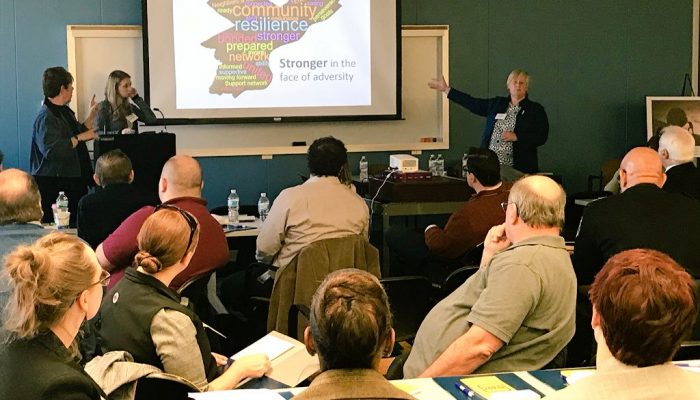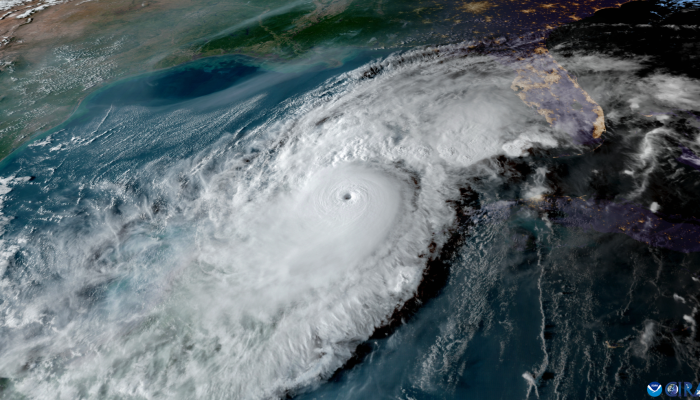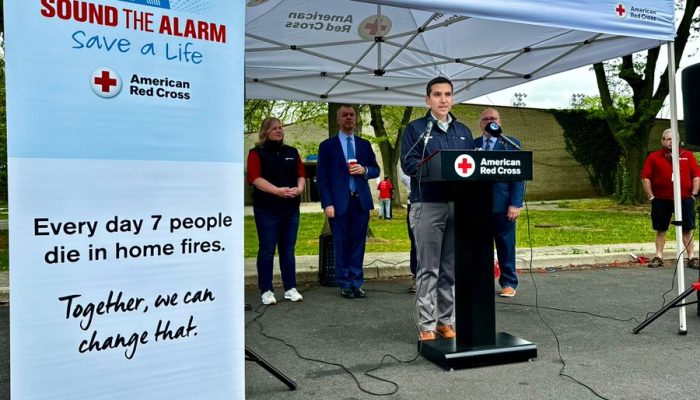by Lynn Fisher, Community Preparedness Program Manager, Office of Emergency Management | August 1, 2019
September is National Preparedness Month, a time to take a look inside our own homes and make sure we’re ready to react if an emergency of any size happens.
As an educator and community preparedness manager at the Philadelphia Office of Emergency Management (OEM), my biggest fear is that people don’t know what to do if there is an emergency. Informing people of resources and steps they can take relieves that fear, a little.
Part of my job is going into Philly’s neighborhoods and working with residents and businesses through OEM’s Ready programs to make sure they’re prepared for emergencies, whether big or small.
Whenever the topic of having a home emergency plan is discussed in our Ready presentation, some people are confused and some are afraid of the concept of shelter-in-place.
So, leading up to National Preparedness Month, I thought I’d share some insight into the subject.
Shelter-in-place directions are is issued more than you might imagine in the City, often for things that don’t scare us so much.
For example, when the Philadelphia Fire Department is fighting a fire in your neighborhood, they may ask for nearby residents to shelter-in-place. This could be because of a hazardous material they’re extinguishing, heavy smoke conditions, or due to the amount of fire apparatus in the streets.
Philadelphia Police may ask you to remain in your residence if there is police activity on your block. This action hopes to keep you away from potentially dangerous activity.
Philadelphia’s first-responders want to do their job safely, and part of that makes sure that you remain safe!
During Ready presentations, people want to know the difference between sheltering in place and evacuation.
A shelter-in-place may be issued because your home is the safest place for you at that moment. Also, evacuation takes time and coordination for both the public and public safety. We’ve learned that evacuation during an emergency can lead to packed streets, which stresses both the people evacuating and first-responders who work to move people.
“In the Houston area, the muddled flight from the city killed almost as many people as [Hurricane} Rita did. More than 100 evacuees died in the exodus. Drivers waited in traffic for 20-plus hours, and heat stroke impaired or killed dozens. Fights broke out on the highway. A bus carrying nursing home evacuees caught fire and 24 died.” Houston Chronical 2015.
Steps to Shelter-in-Place: What to Know
- When a shelter-in-place is issued for police or fire department activity, you will either be notified by first-responders going door to door, reverse 9-1-1 calls, city social media accounts, or free alerts sent to you through ReadyPhiladelphia, the City’s mass notification system.
- Shelter-in-place directions may also come to you in the form of Emergency Alert System (EAS), Wireless Emergency Alerts (WEA), or direct calls to your home or business.
- When you hear shelter-in-place for your neighborhood, go inside immediately. A shelter in place is a call to action. For your safety, please follow directions of public safety officials.
- Close all your windows and doors and turn off your AC or other air intake vents.
- Visit official city social media accounts and its website. Turn on your trusted local news source.
- Help keep phone lines free. In a non-emergency, use social media or text messages to communicate and let people know you’re ok.
- If you have a neighbor with access and functional needs, call to check on them to see how they’re doing.
- Do not go outside until the shelter-in-place has been lifted, it will be announced on your local news source and sent out by Ready Philadelphia and OEMs social media.




